The U.S. States with the Best (and Worst) Workplace Culture
Not all jobs are created equal, and where you work can be just as important as who you work for. People Managing People’s 2025 workplace culture report ranks each state using 24 data points, including pay, benefits, and workforce turnover. Let’s start with the rough spots.
Idaho Has the Nation’s Most Dissatisfied Workers
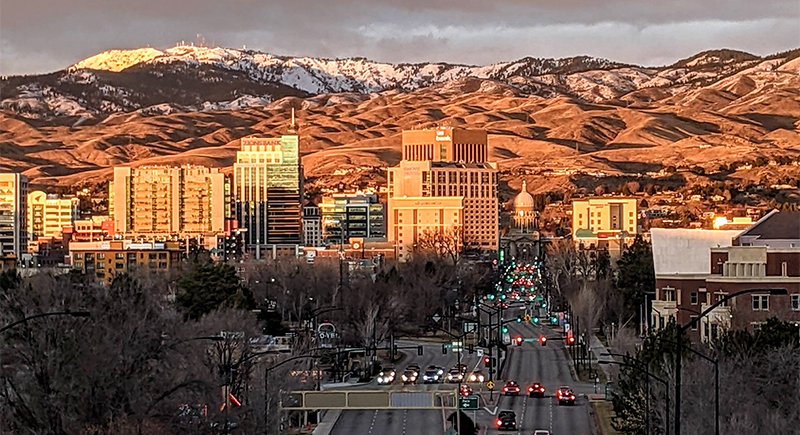
Credit: Wikimedia Commons
Idaho came in dead last, and it’s not just about the below-average compensation. Workers report minimal access to mental health services, poor job flexibility, and barely any wellness support. The average salary lags behind most of the country, and the state’s labor employment safeguards are weak or nonexistent.
Wyoming Struggles with Turnover and Lack of Support

Credit: flickr
Wyoming scored poorly thanks to a turnover rate of 3.7%—the highest in the country. Paid leave is rare, and many workers clock long hours without overtime incentives. Employee development programs are scarce, leaving many employees with limited opportunities to grow or feel valued.
Montana Offers Scenic Views but Tough Work Conditions
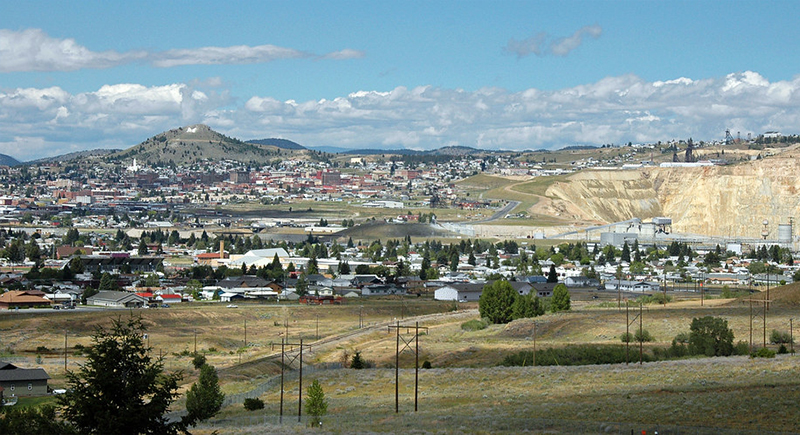
Credit: flickr
Montana may be beautiful, but its workplace stats are bleak. With a 3% rate of resignations and limited income opportunities, workers are often leaving their jobs. The state ranks low in terms of paid holidays, and many employers do not provide retirement benefits or comprehensive health plans beyond the basics.
Nevada Falls Short on Job Security and Leave Packages

Credit: flickr
Nevada has one of the lowest averages for vacation benefits, with its quit rate remaining higher than the national median. Hospitality-heavy employment often involves a lot of shift work, unpredictable hours, and minimal perks. Many workers lack access to reliable health insurance or paid sick days.
New Mexico Struggles to Keep Workers Happy
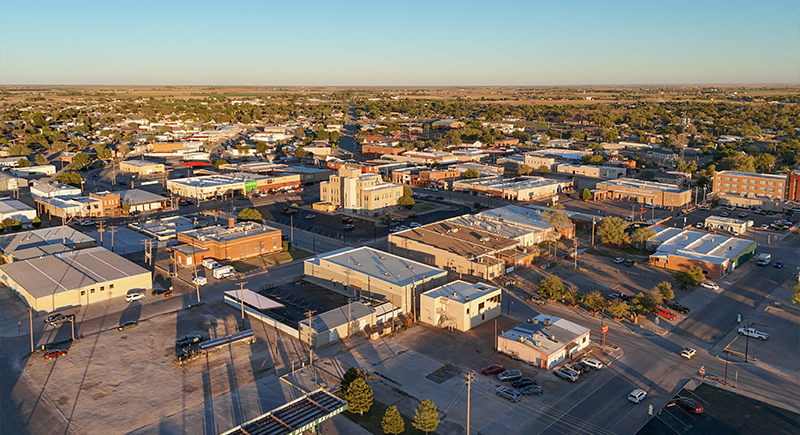
Credit: Wikimedia Commons
New Mexico workers report low job contentment due to poor access to family-support leave and low average earnings. The state ranks near the bottom in terms of employee assistance programs. Workers in rural areas are especially underserved when it comes to benefits and workplace flexibility.
Arizona Misses the Mark on Health and Wages

Credit: Wikimedia Commons
Arizona’s workforce struggles with low employee morale, partly due to subpar earnings and few wellness programs. Paid sick leave is minimal, and many workers report high stress with little employer support. The state’s attrition metrics hover above the national average, and job growth has not translated into improved working conditions.
Utah Offers Fast Growth but Few Worker Protections
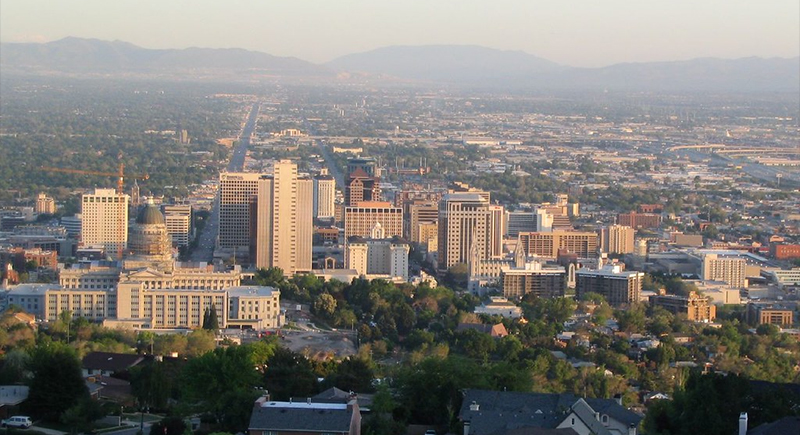
Credit: flickr
The booming Utah job market hasn’t meant better work culture. Despite its tech industry growth, many positions offer restricted employee packages and minimal leave. The state ranks low in union representation, and its average pay trails behind that of most high-growth states. Workers often cite burnout and poor work-life balance.
Arkansas Lacks in Compensation and Career Support
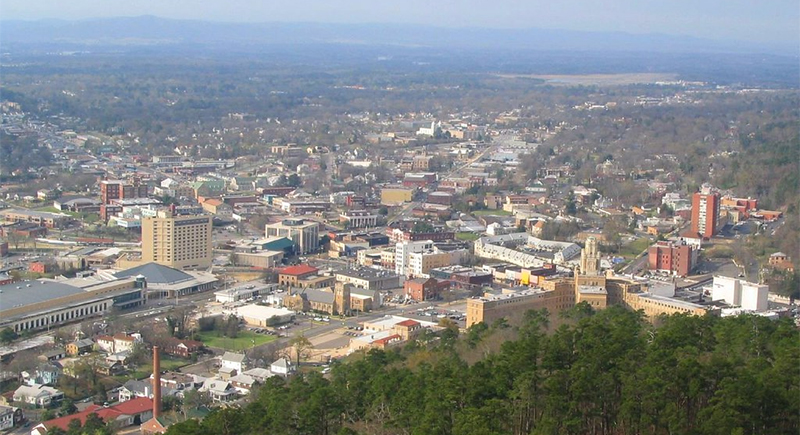
Credit: flickr
Arkansas has one of the lowest median incomes in the country and offers very little in the way of time-off allowances. Workers often juggle multiple jobs just to make ends meet. Access to employer-sponsored healthcare is limited, and most small businesses do not offer career development opportunities.
Texas Sees High Quit Rates and Workload Stress

Credit: flickr
Long hours, limited legal worker rights, and a high workforce attrition—this is what Texas suffers from. While the state attracts many businesses, it lacks requirements for paid sick leave and paid parental leave. Workers also report fewer job training programs and weaker safety oversight compared to other states.
Oklahoma Offers Low Wages and Few Benefits

Credit: Wikimedia Commons
In Oklahoma, the average salary is significantly below the national average, and many jobs don’t offer medical coverage or paid vacation. Labor laws don’t require job-protected parental time off or sick days. The state’s workforce is aging without strong retirement planning options or job flexibility.
Maryland Balances Pay with Flexibility

Credit: flickr
Rounding out the top 10 is Maryland, which offers competitive salaries, paid sick leave, and strong workplace safety enforcement. Many employers offer hybrid or remote options, and the state encourages businesses to provide retirement planning resources. Workers report feeling more secure, supported, and optimistic about staying long term.
Ohio Surprises with Steady Work Conditions

Credit: flickr
Ohio made it to the best list due to low staff attrition rates and an increasing focus on employee well-being. While wages may not be the highest, the cost of living is manageable, and workplace satisfaction is high. Local companies are investing in job training and offering wellness perks, like flexible schedules.
California Sets the Bar with Worker-Friendly Laws

Credit: Getty Images
California offers some of the most progressive labor laws in the country. Paid family leave, high wages, mandatory health benefits, and strong anti-discrimination policies create a workplace where employees feel supported and valued. The state also enforces fair scheduling laws and requires employers to offer meal and rest breaks.
Washington State Embraces Paid Time and Fair Wages

Credit: flickr
Washington is known for having one of the highest minimum wages in the U.S. and extensive paid sick leave laws. Workers also benefit from robust job training programs and strong worker protections, factors that contribute to a positive work environment, as they attract and retain talent across industries.
Connecticut Prioritizes Leave and Labor Rights

Credit: flickr
Connecticut earned a top spot by offering 12 weeks of paid family leave, strong enforcement of workplace safety, and higher-than-average salaries. Workers here are more likely to have employer-sponsored health care and retirement plans. The state’s resignation frequency remains low due to its balanced approach to labor rights.
Massachusetts Wins on Flexibility and Security

Credit: flickr
Massachusetts ranks high for requiring paid sick leave, offering generous unemployment benefits, and protecting part-time workers. Many employers allow hybrid schedules, and state laws limit excessive work hours. These factors, along with higher-than-average wages, make it a top state for achieving a work-life balance and fostering employee retention.
New Jersey Combines High Pay with Time Off

Credit: flickr
Due to a high average salary and one of the best paid family leave programs in the country, New Jersey made it to the top five. Companies must comply with wage theft laws, and workers benefit from strong union protections.
Illinois Promotes Longevity and Labor Rights

Credit: Wikimedia Commons
Illinois ranked third, thanks to strict anti-retaliation laws and retirement plan access. Well-paying jobs in cities like Chicago are a plus. Employers are required to give workers a seat at the table through fair labor practices. The state also invests in workforce development programs supporting long-term career growth and development.
New York Supports Workers Through Pay and Policy

Credit: pexels
A strong minimum wage, mandated sick leave, and extensive worker rights helped New York secure the second-best workplace culture. The state enforces fair scheduling laws, offers job-protected family leave, and has a high rate of union participation. Employees in major cities report more career support and wellness benefits.
Washington, D.C. Ranks Best for Pay and Protection
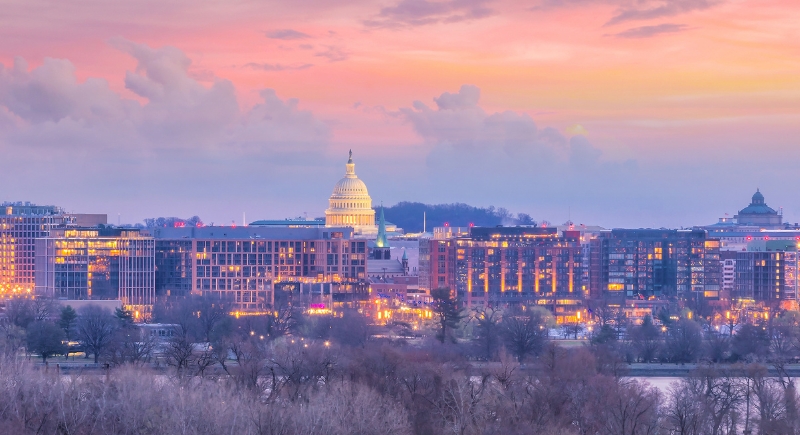
Credit: Getty Images
Washington, D.C., ranked number one due to the highest average salary in the nation, shorter workweeks, and strong worker regulatory labor standards. Employee turnover rates are among the lowest, and most jobs include paid sick leave and generous vacation policies. The presence of labor organizations and their legal protections also boosts professional fulfillment.